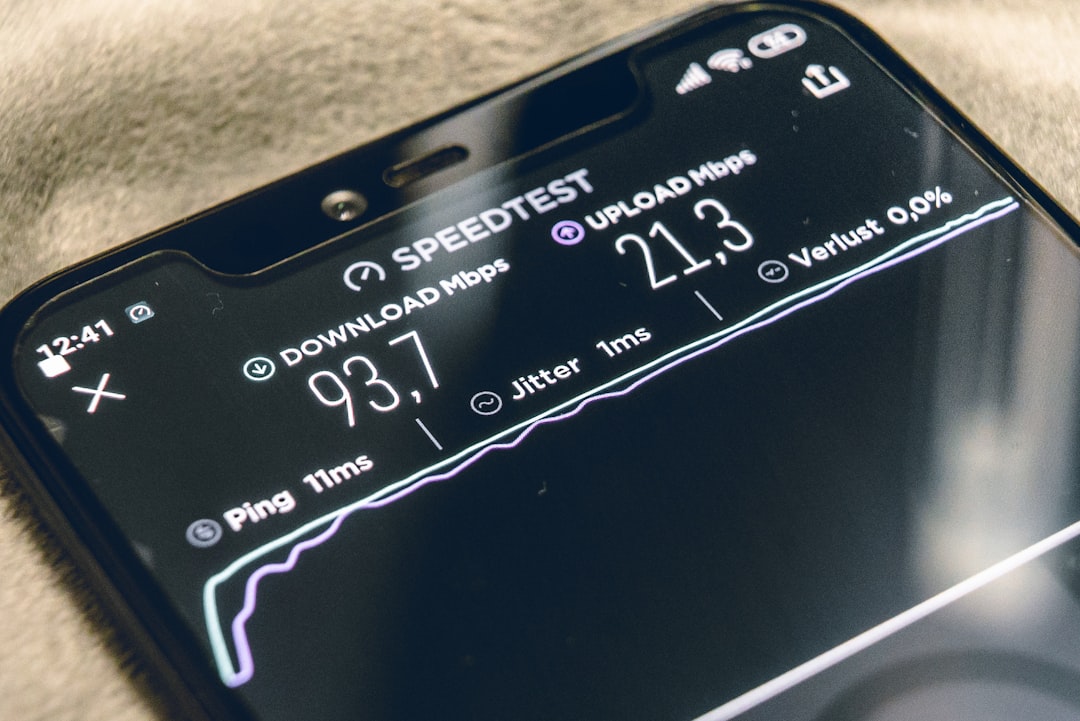In the fast-paced world of digital marketing, creating engaging content for your blog is essential to attract and retain readers. With so much information available online, it can be challenging to stand out and capture your audience’s attention. However, with the right strategies and techniques, you can create compelling content that drives traffic to your blog and keeps readers coming back for more.
To create engaging content for your blog, you need to understand your audience and their preferences. What topics are they interested in? What problems are they trying to solve? By knowing your audience, you can tailor your content to meet their needs and provide value to them. Conducting audience research through surveys, social media analytics, and other tools can help you gain insights into what your audience wants to read.
Once you have a good understanding of your audience, it’s time to brainstorm ideas for your blog content. Think about what topics are trending in your industry or what issues your audience is currently facing. Consider using tools like Google Trends, BuzzSumo, or social media listening tools to identify popular topics and keywords that you can incorporate into your content. You can also check out what your competitors are writing about and see if you can put your own spin on those topics.
When it comes to creating engaging content, one of the most important factors is storytelling. People are naturally drawn to stories, so incorporating storytelling into your blog posts can captivate your audience and make your content more memorable. Share personal anecdotes, case studies, or client testimonials to illustrate your points and make your content more relatable. Use descriptive language, vivid imagery, and emotional appeal to draw readers in and keep them engaged throughout your post.
Another key element of engaging content is formatting. Break up your content into shorter paragraphs, use subheadings, bullet points, and numbered lists to make your post easy to read and digest. Incorporate visuals like images, infographics, or videos to enhance your content and make it more visually appealing. Pay attention to the overall design and layout of your blog to create a positive user experience and keep readers on your site longer.
In addition to storytelling and formatting, another crucial aspect of creating engaging content is providing value to your audience. Make sure your blog posts are informative, educational, or entertaining to keep readers interested and coming back for more. Offer practical tips, actionable advice, or insider insights that your audience can apply in their own lives or businesses. Solve their problems, answer their questions, and address their concerns to build trust and credibility with your audience.
Consistency is also key when it comes to creating engaging content for your blog. Develop a content calendar and stick to a regular posting schedule to keep your audience engaged and build anticipation for your next post. Whether you post once a week, twice a week, or daily, make sure you deliver high-quality content that meets the needs of your audience and aligns with your brand’s voice and values.
Promoting your blog content is just as important as creating it. Use social media, email marketing, SEO, and other channels to drive traffic to your blog and reach a wider audience. Share your blog posts on social media platforms, engage with your followers, and encourage them to share your content with their networks. Optimize your blog posts for search engines by using relevant keywords, meta descriptions, and alt tags to improve your visibility and rank higher in search results.
In conclusion, creating engaging content for your blog requires a combination of audience research, storytelling, formatting, value, consistency, and promotion. By understanding your audience, brainstorming ideas, storytelling, formatting, providing value, being consistent, and promoting your content, you can create compelling blog posts that attract and retain readers. Keep experimenting with different content formats, topics, and strategies to see what resonates with your audience and drives the most engagement. With time, effort, and creativity, you can create a successful blog that connects with your audience and achieves your marketing goals.

